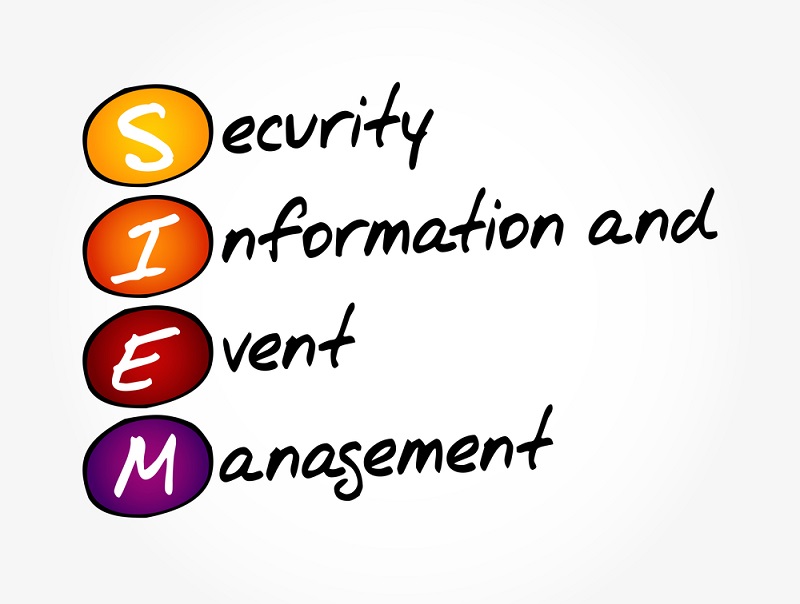If you’ve deployed or you’re preparing to deploy a SIEM (Security Information and Event Management) solution, your anxiety levels may be rising as you try to define the scope of the project and determine how to address it. While these tools are vital for analyzing security event data, they also generate a mountain of data to process.
4 steps to simplifying your SIEM solution deployment
Don’t despair — just use these 4 steps to simplify your SIEM solution deployment:
1. Count Your IT Assets
• How big is your IT environment/network?
• What are your major IT assets?
• Where are they?
• How are they stored?
• Who has access to them?
Although these are simple questions, according to Kenna Security, shockingly, most companies can only name 60%-70% of their digital assets. Capturing the scope of your situation before you start your SIEM deployment helps you avoid surprises and increases your odds of success.
Consider using recon techniques or automated data discovery technology to gain these insights into your network and ensure your team is 100% focused on maintaining visibility.
2. Consider Your Future Plans
If you’re considering cloud migration or digital transformation, it’s best to know that and plan for it before you choose your SIEM solution, for two reasons: first, it complicates visibility, and second, it changes the parameters of your selection process.
Once you spend the time and money to deploy your SIEM solution, you don’t want to have to do it over again. Here’s what you must consider about your potential solution:
• Is it cloud compatible?
• Can it scale with your growth?
• Does it enable visibility into your cloud environment?
The answers may change your preferred solution and they’ll definitely impact your information security program.
3. Don’t Jump!
SIEM solution deployments can get too big, too fast. It’s common for companies to just go all-in, deploying across the whole company all at once. A rushed approach is a perfect way to lose track of how your SIEM is deployed, creating a tsunami of security event data that overwhelms your team, and building frustration with the solution that can even lead to its abandonment.
Instead, start slowly. Start by deploying in a few key network areas and let your team learn how to handle the system with the security event data logged from those areas. Let them decide how to analyze the SIEM solution’s correlated findings and where they will need to expand the SIEM’s reach. This step-by-step approach can be expanded as the team is ready to handle both the deployment and the system’s results.
4. Consider Managed Detection and Response
As an alternative to a SIEM solution deployment, consider Managed Detection and Response (MDR). For small to medium-sized businesses or for any company whose IT team is already stretched thin, this saves time, energy, and ultimately money. In many cases, the cost for Managed Detection and Response is the same or a little more than you pay for your SIEM alone, and MDR includes a SIEM.
Managed Detection and Response brings you SIEM, along with the continuous monitoring, security expertise, time, and 100% focus to ensure your deployment is smooth, hassle-free, and done right the first time.
Important parts of your cybersecurity strategy
Clearnetwork Managed Detection and Response features include:
- SIEM/Log Management
- Advanced Threat Intelligence
- Asset Discovery
- Vulnerability Assessment
- Intrusion Detection & Prevention
- Endpoint Detection & Response
- Behavioral Analysis
- Auto-Threat containment
- Skilled Threat Hunting
- Fast and comprehensive Response
Continuous monitoring and threat hunting must be part of your cybersecurity strategy. Even with the best preventive measures (firewalls, anti-virus) in place, a hacker or automated malware will eventually gain access to your network.
Once there, without an active, ongoing way to detect and remove it, the threat can dwell for months, if not years—significantly magnifying the damage from the breach. Initiating an SIEM solution deployment is the first step to keeping that from happening. Consider your options carefully, choose an option that you can commit to 100%, and deploy your solution so that your network will be as safe as possible.


